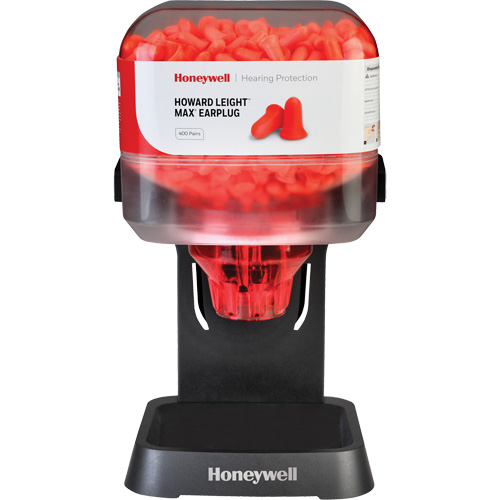Model:
Your Model No.:
Mfr. Model No.:


SHOP HONEYWELL HEARING PROTECTION
Yes, an excessive reduction in ambient noise can compromise workers' ability to stay aware of their surroundings, making them more vulnerable to on-the-job hazards. Additionally, a consequence of this overprotection is that employees may face difficulties in communication because they may not be as attuned to their environment, which can lead to social isolation and, eventually, job dissatisfaction.

Construction workers face the second-highest rate of exposure to occupational noise hazards, primarily due to the persistent noise levels on construction sites and the frequent exposure to impact noise, even with precautions in place. Noise hazards fluctuate throughout shifts and projects, depending on the specific tasks and equipment being utilized. Ensuring part-time or transient workers are adequately trained and fitted with hearing protection can present a considerable challenge. Therefore, site managers should assume the responsibility of mandating and overseeing the use of hearing protection to address these complexities and safeguard the hearing health of their workers.
dB
Table Saw
dB
Bulldozer
dB
Impact Wrench
dB
Chop Saw
dB
Chain Saw
dB
Hammer Drill
dB
Generator
dB
Hammer on Nail
dB
Oxygen Torch
dB
Jackhammer




For comfort and greater protection.

For ease of insertion and extended use.

For high detectability in specific industries.

For easy access and less waste.

For heavy-work environments.
Max quantity is 999999999. Your cart item has been updated
Model:
Your Model No.:
Mfr. Model No.:
Qty.: